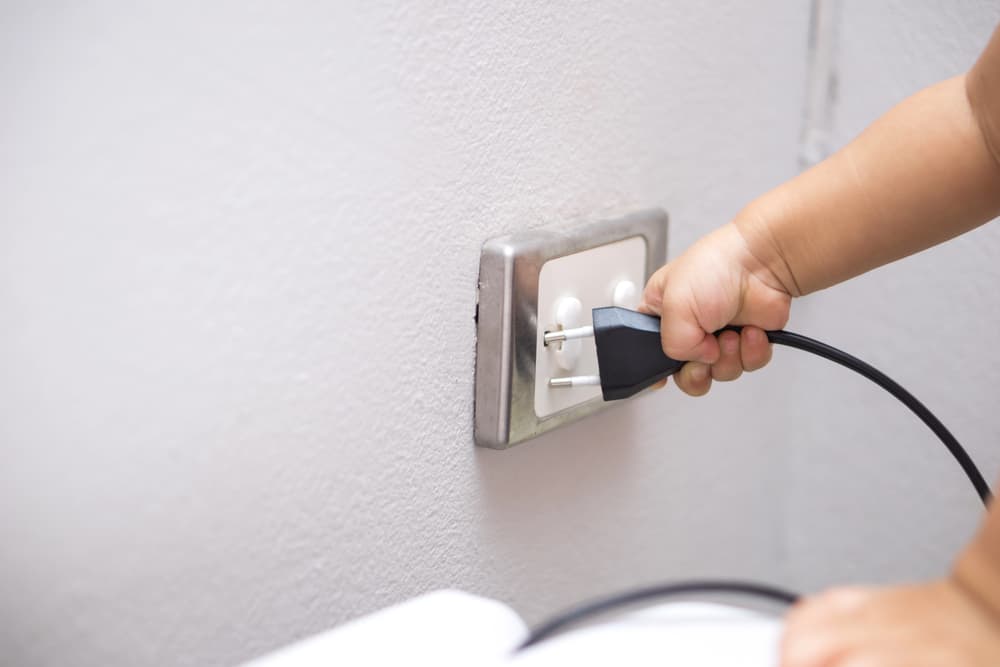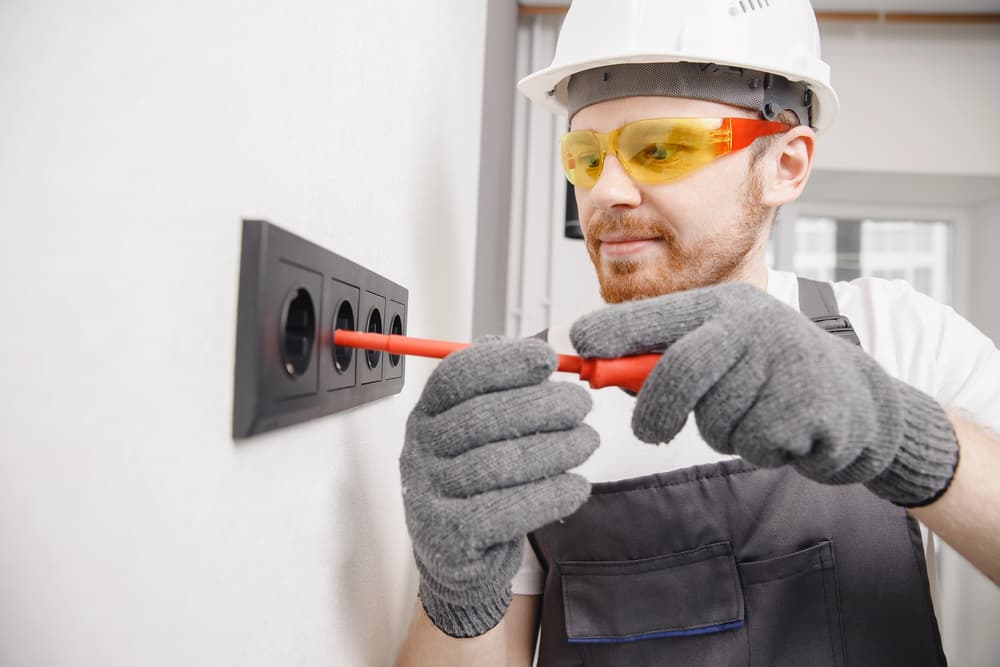In Australia, homes need to meet safety standards, especially with curious toddlers who love to explore. Little fingers and open outlets don’t mix, but the good news is that there are simple ways to reduce the risk.
To childproof your home’s electrical system, focus on outlet safety by using outlet covers or tamper-resistant receptacles. Secure electrical cords so they’re out of reach. Also, teach your children about the importance of electrical safety.
In this guide, we share practical, easy-to-follow steps to help you create a safer environment for your family.
Steps to Childproof Your Home Electrical System
In keeping your child safe around electricity, taking the following steps to childproof your home’s electrical system is key.
1. Protect Electrical Outlets
Focus on outlets first to reduce the risk of shocks and injuries at home. Here’s how to get started:
- Install Tamper-Resistant Outlets: Tamper-resistant outlets have built-in safety mechanisms that require equal pressure on both sides to open. With these installed at home, your child can’t easily insert objects like keys or toys, which helps prevent electrical shocks.
- Use Outlet Covers: For outlets you don’t use often, plastic caps or sliding plate covers are great options. Sliding covers automatically close when the outlet isn’t in use, making them extra safe. Ensure covers are hard for kids to remove and large enough to avoid choking hazards.
- Consider Outlet Boxes: Outlet box covers fully enclose the outlet, creating an extra barrier. These are especially useful for very young or curious children who explore everything.
- Install GFCI Outlets: Ground fault circuit interrupter outlets are ideal in areas like your bathrooms, kitchens, and outdoors. These shut off automatically when they detect a shock risk.
- Rearrange Your Furniture: Position furniture in front of outlets to keep them out of sight and out of reach.

2. Manage Electrical Cords
Managing electrical cords prevents trips, shocks, or curious kids from pulling things down. Loose or damaged cords can tempt little ones to pull or chew on them, so it’s best to keep them secure and out of reach:
- Secure Cords: Use cord cleats, cable ties, or clamps to keep cords neatly bundled and prevent kids from pulling or chewing on them.
- Secure Mounting: Attach cords to walls or baseboards with adhesive mounting clips or hooks to keep them off the floor.
- Shorten Cords: Use cord shorteners or winders to reduce slack, lowering the risk of tripping or pulling.
- Hide Cords: Tuck cords behind furniture or cover them with cord protectors to keep them out of sight and reach.
- Replace Damaged Cords: Regularly check cords for wear and tear and replace any that are damaged.
- Avoid Extension Cords: Extension cords can be a tripping hazard, so minimise their use. If you must use them, secure them well and cover them with protectors.
3. Educate Your Children About Electrical Safety
Teaching your children about electrical safety is just as important as physically childproofing your home. The earlier you start, the better they’ll understand what not to touch:
- Teach Electrical Safety Early: Explain the dangers of electricity to your children using simple words. Let them know that outlets and cords are not toys.
- Supervise Children Around Electrical Outlets: Always watch them when they’re near outlets or plugs. Gently remind them not to touch or put anything into them.

4. Apply Additional Safety Measures
Once you’ve covered the basics, there are a few extra steps you can take to make your home even safer for your little ones. These minor changes can go a long way in preventing accidents:
- Regular Inspections: Contact a licensed electrician for home electrical maintenance to address potential hazards. Also, check cords and appliances for wear and tear, and replace anything damaged immediately.
- Secure Batteries: Firmly attach batteries in toys and remotes to stop children from removing them.
- Power Strips: Use childproof power strips or buy covers to block access to regular ones.
- Unplug Appliances: Prevent accidental burns or electric shock by always unplugging appliances when not in use.
- Use Nightlights: Nightlights help kids see in the dark, so they won’t need to fumble with switches or outlets.
- Keep Electrical Appliances Out of Reach: Store hair dryers, chargers, and irons in high cupboards or locked drawers.
Take Action to Childproof Your Home Electrical System
Protecting your child means taking a complete approach: safeguard outlets, manage cords, teach your kids about electrical safety, and perform regular safety checks.
Don’t wait until something happens. Take a walk around your home today and spot any risks you can fix now. Remember to adjust your safety precautions as your child gets older.
For expert advice, contact SBH Electrical at 0418 390 046 or email info@sbhelectrical.com.au. Our qualified electricians in Prahran and in surrounding Melbourne areas can help you create a safer home for your family.

